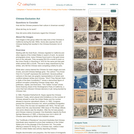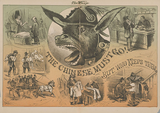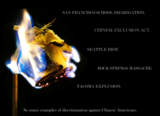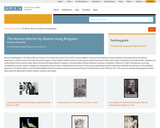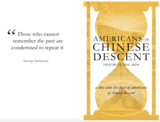
In 2021, a team of middle school and high school students spent the summer researching the rich history of Americans of Chinese descent. They compiled their research findings in a simple, easy-to-understand flashcard format with the intention of helping the public learn and recognize the achievements, contributions, and struggles of Americans of Chinese descent in the United States.
- Subject:
- Ethnic Studies
- History
- History, Law, Politics
- U.S. History
- Material Type:
- Teaching/Learning Strategy
- Author:
- WA Asians For Equality
- Date Added:
- 12/16/2023
